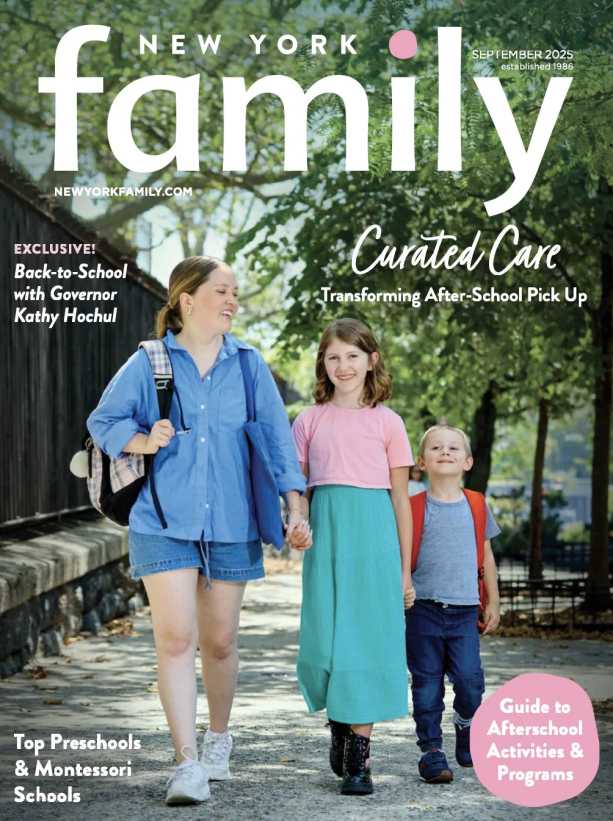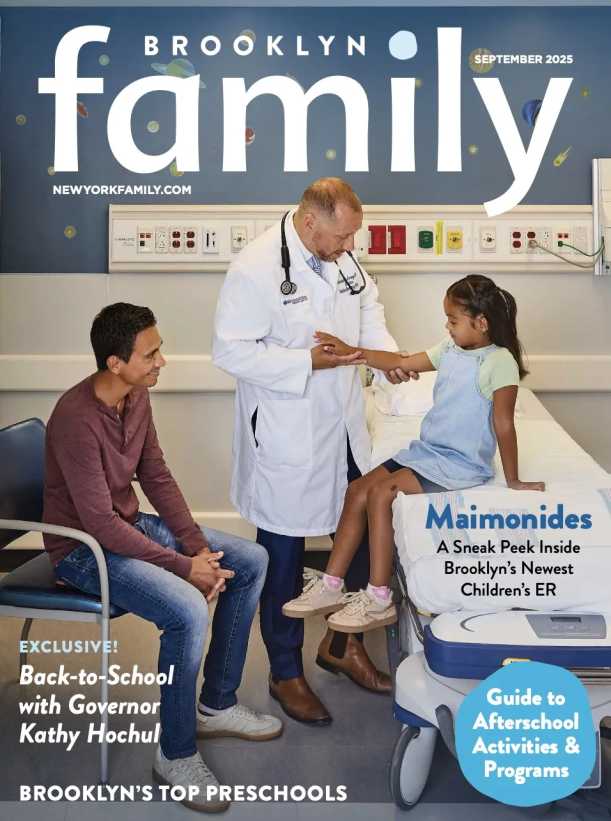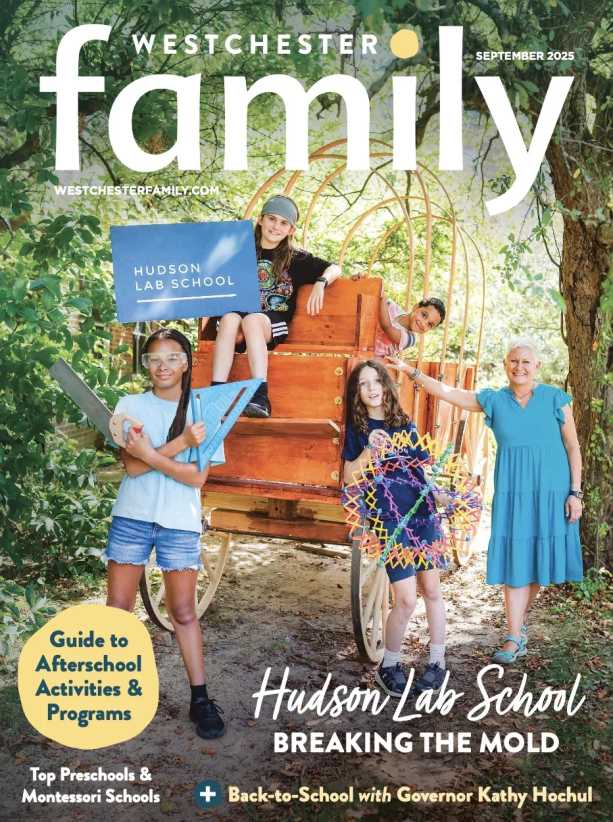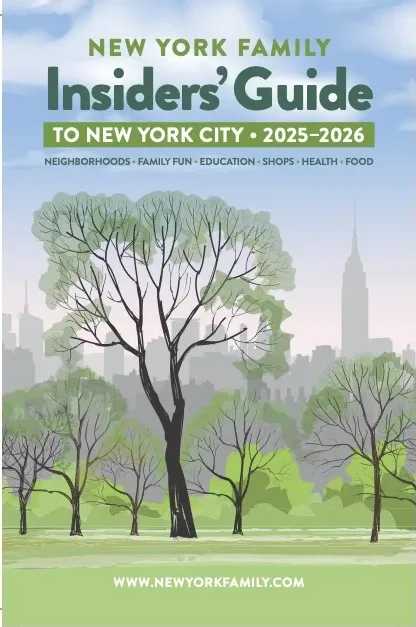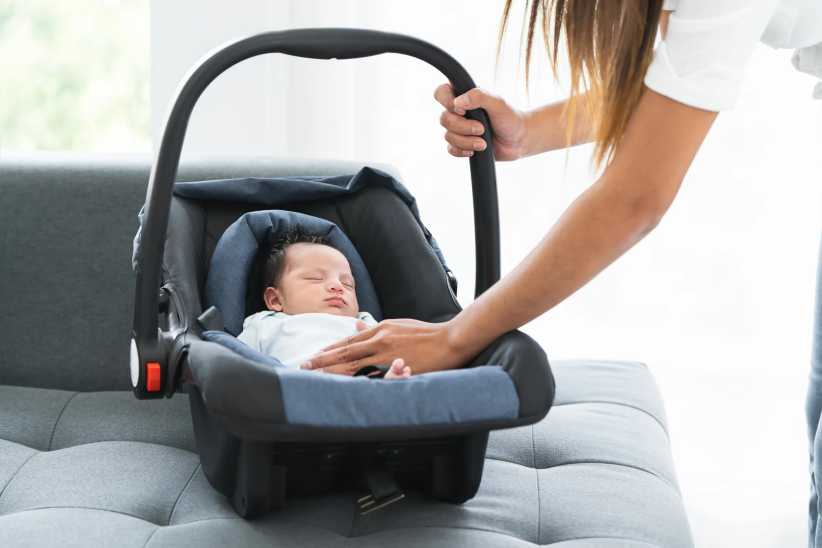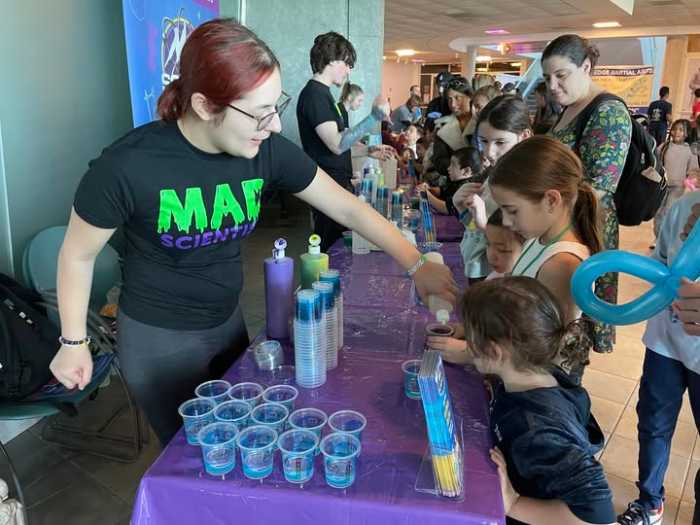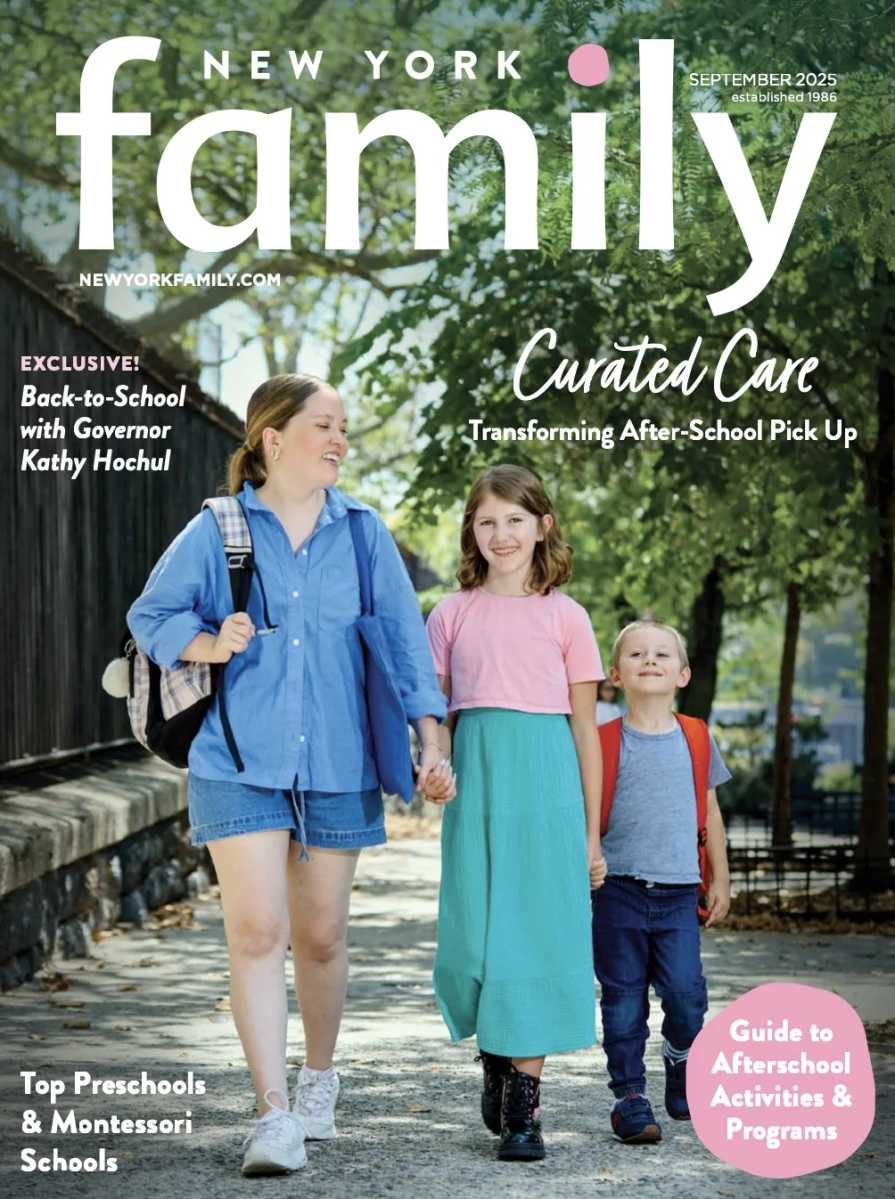 Everyone knows how important the placenta is for the fetus – but more and more women are reclaiming the placenta as being important for them, post-partum. How so? By ingesting it. Raw, dried, in capsules, smoothies, or even in the style of sashimi– consuming the placenta, or placentophagy, is rising in popularity. But it’s nothing new.
Everyone knows how important the placenta is for the fetus – but more and more women are reclaiming the placenta as being important for them, post-partum. How so? By ingesting it. Raw, dried, in capsules, smoothies, or even in the style of sashimi– consuming the placenta, or placentophagy, is rising in popularity. But it’s nothing new.
Most placental mammals eat their placentas after childbirth, even herbivores. The stem cell-rich tissue appears to speed recovery time after childbirth for many animals. In fact, humans are one of the few placental mammals that do not generally eat the organ. Traditional Chinese Medicine (TCM) has long used the placenta as a remedy to fortify “qi,” or life force. It is also given to individuals to help treat impotence, infertility, and asthma. In TCM, the placenta is usually ground into a powder and encapsulated, or dried into something akin to jerky and cut into small pieces.
What is the placenta, anyway? It’s the only organ that grows within another organ, to start with. It connects the fetus to the uterine wall and provides it with nutrients, helps in waste elimination, fights infection, and produces hormones to support the pregnancy. Shortly after the delivery of the baby, the placenta is typically delivered. It will then be examined to make sure it is complete, as a retained placenta or pieces of the placenta can be dangerous.
Why are women interested in their own placentas all of a sudden? It has a myriad of purported health benefits. The placenta is high in levels of prostaglandin, which can help contract the uterus, possibly reducing post-partum bleeding. It also contains oxytocin, or the “love hormone,” which can help ease mood fluctuations, and also helps stimulate muscles around mammary cells, augmenting milk production. Eating the placenta has also been said to boost iron levels, raise energy levels, and balance the hormones, resulting in a more stable feeling overall. Whether this is all scientifically true is still up for debate. Medical studies of placental consumption in humans are lacking, although scientists at UNLV are beginning a randomized study looking at the effects of placentophagy this year, and hope to publish it in 2015.
If images of Hannibal the Cannibal are coming to mind, fear not. There are various ways of consuming the placenta, with placenta encapsulation being most popular. In capsules, the placenta is tasteless and odorless for most women, and is taken just like any other vitamin. Some women open up the capsules and sprinkle the powder into yogurt. It can also be eaten raw, by putting a small piece into the blender with a bunch of fruit and making a smoothie, and has even been eaten like sashimi! If you’re not into the raw vibe, it can also be cooked like regular meat. Other preparations include tinctures, creams, and ointments. Typically, individuals who are certified in placental encapsulation help new moms with the task of preparing the placenta.
While more research needs to be done about the benefits of placental consumption, there are plenty of women for whom it’s benefited – and others it hasn’t. If you’re interested in placental encapsulation or other forms of placentaphagy after birth, talk with your doula, midwife, or OB-GYN about the possible risks and benefits and whether it’s appropriate for you to try. Talk to women who’ve done it and see what their experiences were like. If you decide you want to take the placenta home with you, there are certain actions that need to be taken once the placenta is delivered, (like refrigerating or freezing it as soon as the doctors are done examining it), so it’s important to have a plan before going to the hospital. Some hospitals are less willing than others to let patients go home with the placenta, so it’s a good idea to find out what procedures are ahead of time, and what needs to be done to ensure things go smoothly.
Jaime Rochelle Herndon graduated from Columbia with her MFA in creative nonfiction and also has her MPH in maternal-child health from UNC-Chapel Hill and her MS in health psychology. She lives in Manhattan and is currently studying to become a certified doula.
